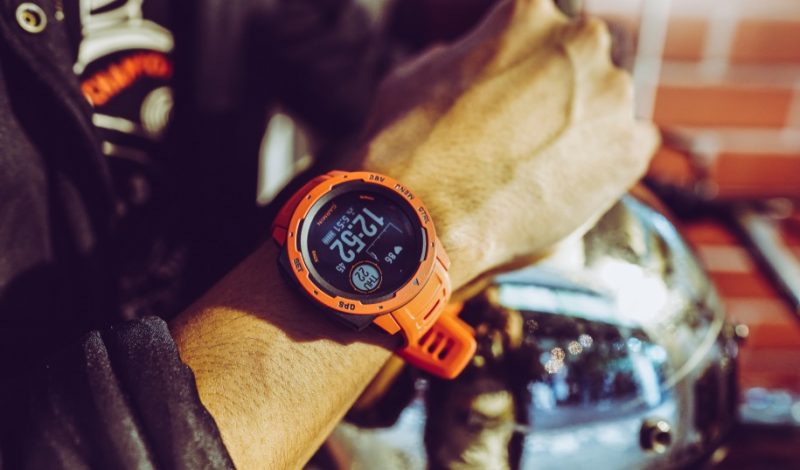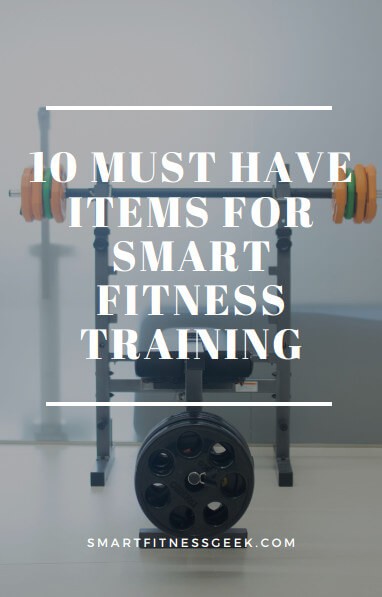It’s no secret that a good night’s rest is the foundation of overall wellbeing, health, and fitness. The quality and quantity of sleep you get significantly affects everything from your weight, body composition, mental health, and stress levels.
Additionally, it impacts your decision-making ability and emotional intelligence and can hamper your efforts to make fitness gains. Therefore, it comes as no surprise that in recent years, all the major smartwatch sports watch, and fitness tracker manufacturers have ramped up their sleep tracking features to help you understand your sleep patterns better.
A great example is Garmin. For a while, the company’s rudimentary sleep tracking wasn’t worth giving much thought to. However, the tales turned in 2018 when Garmin launched its impressive sleep monitoring features, making a bid to keep up with bigwigs such as Fitbit.
Smartwatches such as Forerunner 245, Vivosmart 4, and Fenix 5X started delivering detailed insights into people’s bedtime habits and offering a more holistic view of fitness. Therefore, if you’re wondering how the latest version of Garmin sleep tracking works and how to get the most out of the sleep tracker, here’s everything you need to know.
Table of Contents
How Does Garmin Sleep Tracking Work?
Garmin devices previously used movement and heart rate tracked by a built-in heart rate sensor and a motion-sensing accelerometer to analyze your sleep. However, Advanced Sleep Monitoring currently factors in the time between each heartbeat (heart rate variability) to accurately measure the time spent in each sleep stage and your time awake.
To evaluate whether you’re awake for a bathroom break in the middle of the night, asleep, or up late reading, your Garmin device uses a combination analysis of actigraphy (ACT) and photoplethysmography (PPG) data which factors in the following.
- Changes in the heart rate, whereby the optical heart rate sensor allows the Garmin watch to measure the heart rate variability. It informs you when you’re in non-REM or REM. Your heart rate data is more erratic when you’re in REM sleep rather than non-REM sleep. In turn, your Garmin watch can differentiate between the two.
- Changes in heart rate variability whereby a spike in HRV could imply that your body is in stress mode even when you’re asleep.
- Movement detected by the accelerometer.
Your ‘sleep clock’ kicks off when you get into bed, and your heart rate plummets to the levels that the watch knows you sleep at. Depending on your HRV, the watch will become more accurate the more frequently you wear it, as it’ll begin figuring out your heart rate when you fall asleep. Furthermore, it’ll use the accelerometer to monitor your movement to account for the times you wake up in the wee hours of the morning to hydrate or use the bathroom.
Other aspects that impact the accuracy range include alcohol consumption and stress to sleepwalking, whereby your heart rate increases and you’re potentially restless. It’s worth noting that Garmin Advanced Sleep doesn’t track naps.
There’s ample research to prove the perks of napping, which is why elite athletes are encouraged to do so because it’s a crucial part of the sleep picture. However, the app factors in the length of sleep, which means, if you doze off on the sofa after a workout on a lazy Sunday afternoon and nap for an hour or two, the watch won’t detect it, despite the obvious physiological signs.
How to Get the Most Accurate Garmin Sleep Tracking Data
Here are a few pointers to ensure you get the most accurate sleep data from your gadget.
- Turn on the Garmin two to three hours before your bedtime. Doing so will allow the watch to measure your heart rate before falling asleep, boosting its accuracy in determining when you fall asleep.
- Ensure the heart rate tracking is accurate by ensuring the watch isn’t tightly snug on your wrist. To get into the habit, it’s advisable to wear it every night. Leaving it charging overnight means you’ll get inaccurate sleep data.
- Ensure the heart rate monitor of the watch is on.
- If you own at least 2 Garmin watches, set the one you want to wear throughout the night as your preferred activity tracker in the device’s Garmin Connect app. You’ll also have to ensure the app is up-to-date and your date of birth is saved in the User settings.

Digging Into Your Data: What Garmin Sleep Tracking Unveils
Every morning, data from the previous night’s sleep is accessible in the device’s app, after which, here’s what it shows.
Sleep Breakdown
In this section, you’ll notice three types of sleep cycles: REM sleep, light sleep, and deep sleep. Light sleep begins when your muscles start slowing down and your eyes shut before you fall into a deep slumber, during which your muscles and eyes cease movement entirely, and your breathing and heart rate slow down.
It’s during deep sleep that your immunity is boosted, and muscle building occurs. Lastly, Rapid Eye Movement (REM) sleep is referred to as the dream stage. Although your brain is most active, your muscles remain calm. During REM sleep that occurs last in your sleep cycle, you form memories and process information.
Movement Timeline
It contains data on your movement and sleep behavior. If you usually thrash around when you’re asleep, you’ll notice more data compared to an individual who sleeps more quietly.
Seven-Day View of Sleep Patterns
If you want an average assessment of your sleep pattern for the week, the data is contained in this section. It includes the averages for REM sleep, light sleep, the time you spent awake, deep sleep, and the times you woke up in the night for any reason.
The Bottom Line
Sleep data works in the same way that you use your running data to gain insight and make a few changes for improvement. As they say, knowledge is power, so having more information about your sleep patterns will help you cultivate great sleeping habits that are crucial to your overall wellbeing. Sleep is an integral component of fitness as it boosts your body’s efficiency and makes you stronger.







